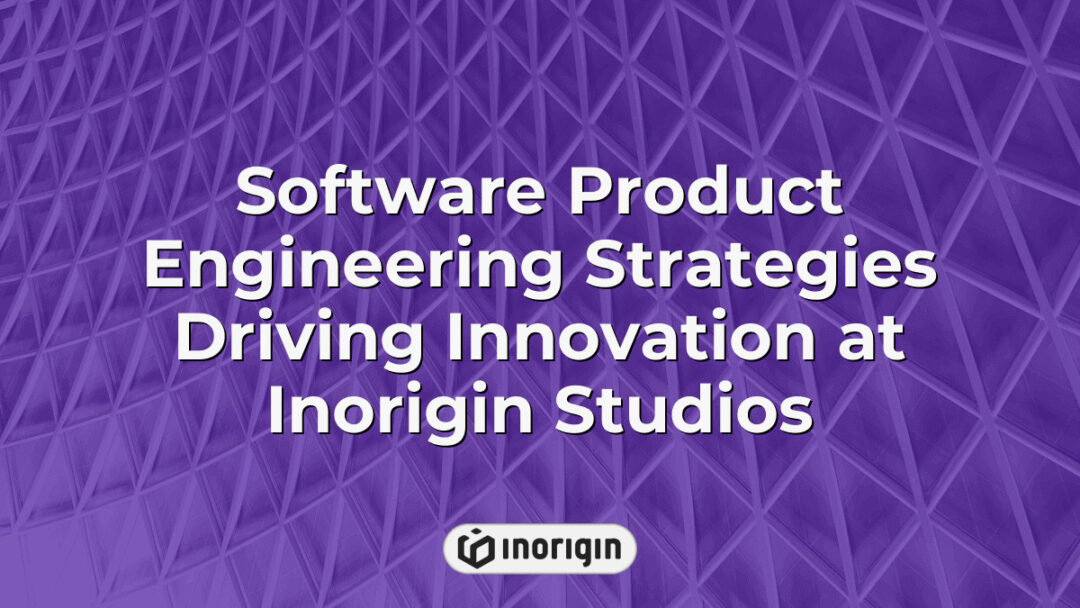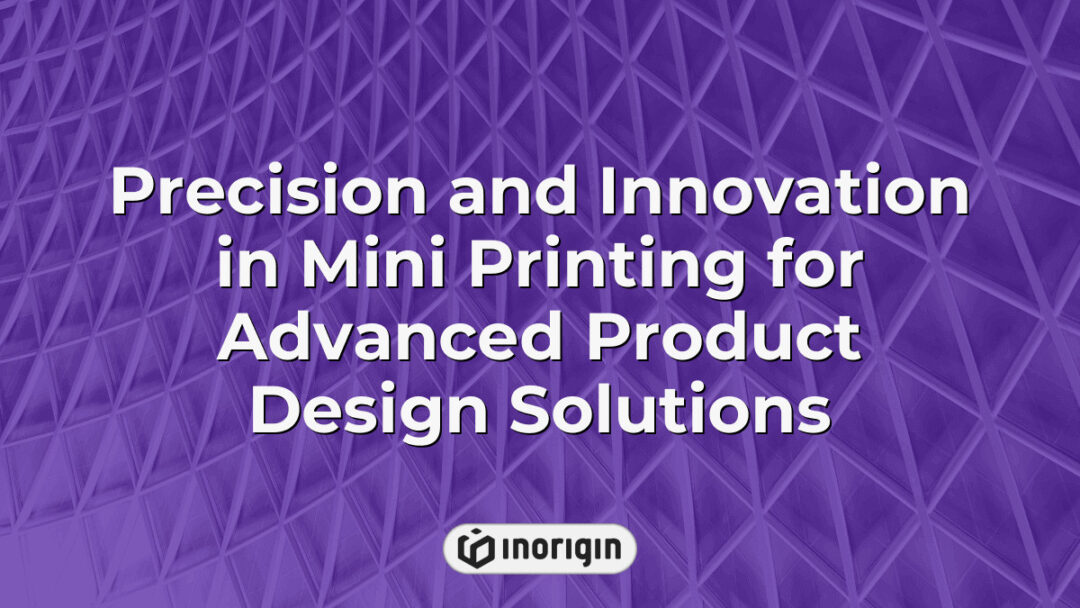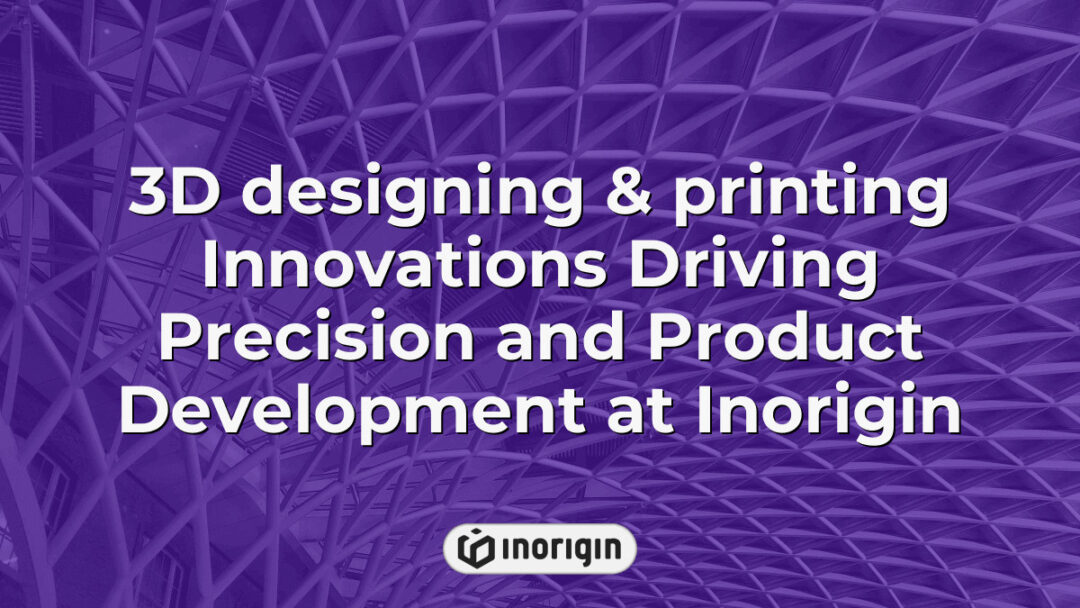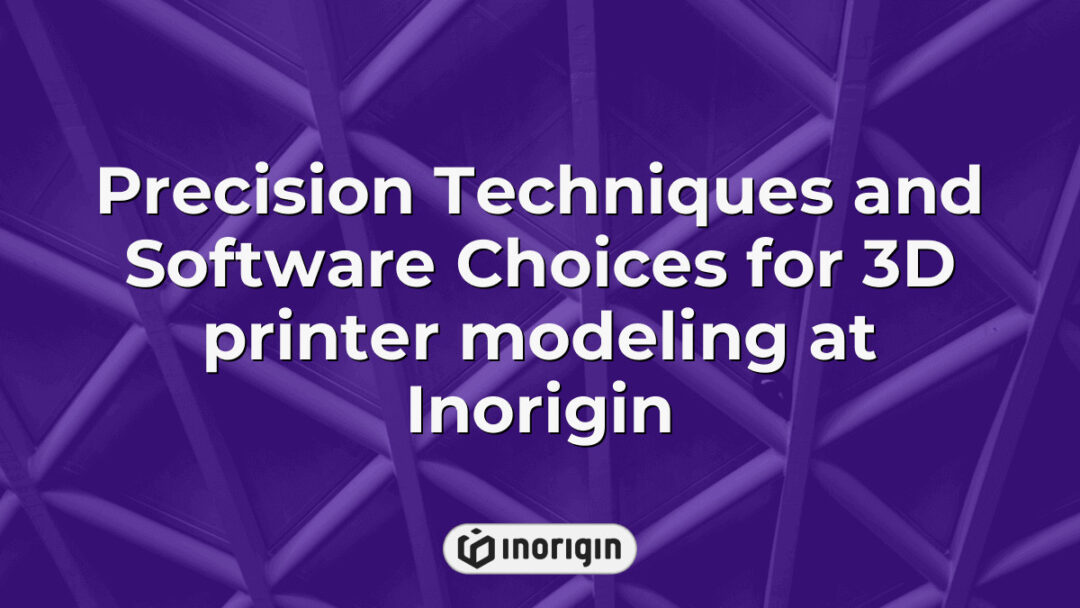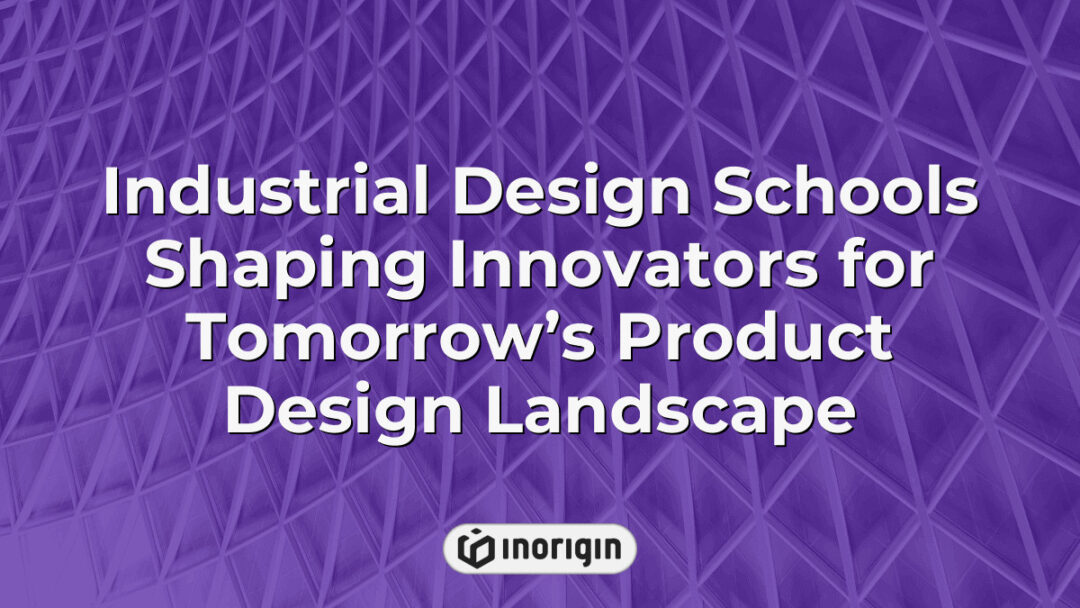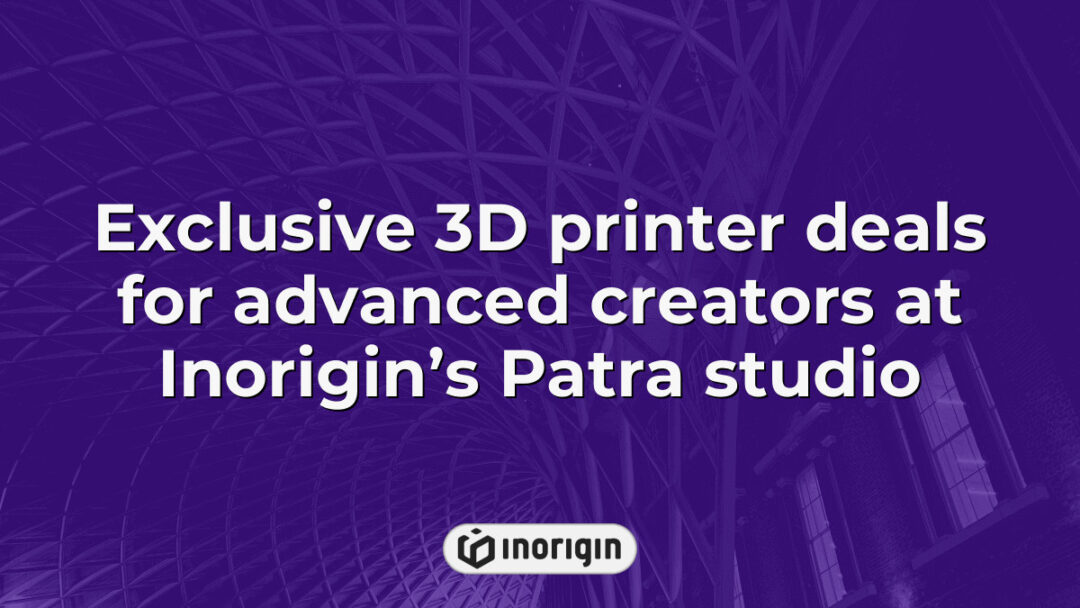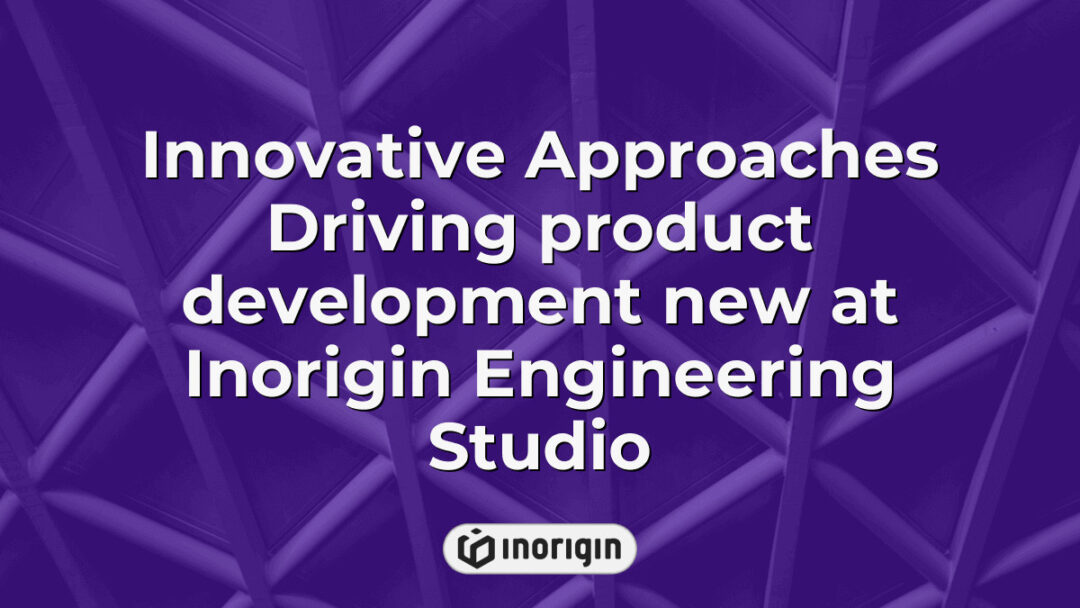Software Product Engineering Strategies Driving Innovation at Inorigin Studios
In an era where software drives innovation at an unprecedented pace, the field of Software Product Engineering emerges as nothing short of a technological renaissance, revolutionizing the way digital solutions are conceptualized, developed, and deployed. As organizations increasingly rely on sophisticated software to meet the diverse and evolving demands of users, the intricacies of product engineering demand a meticulous and systematic approach. This multidisciplinary landscape amalgamates the principles of software development, product management, and user experience design, thereby creating a seamless synergy that not only enhances product functionality but also enriches user engagement. Understanding the fundamental aspects and methodologies of Software Product Engineering is crucial for stakeholders aiming to harness the full potential of software products in an ever-competitive marketplace. Aspect Key Takeaway Software Product Engineering Software product engineering is a multidisciplinary approach that combines software development, product management, […]
